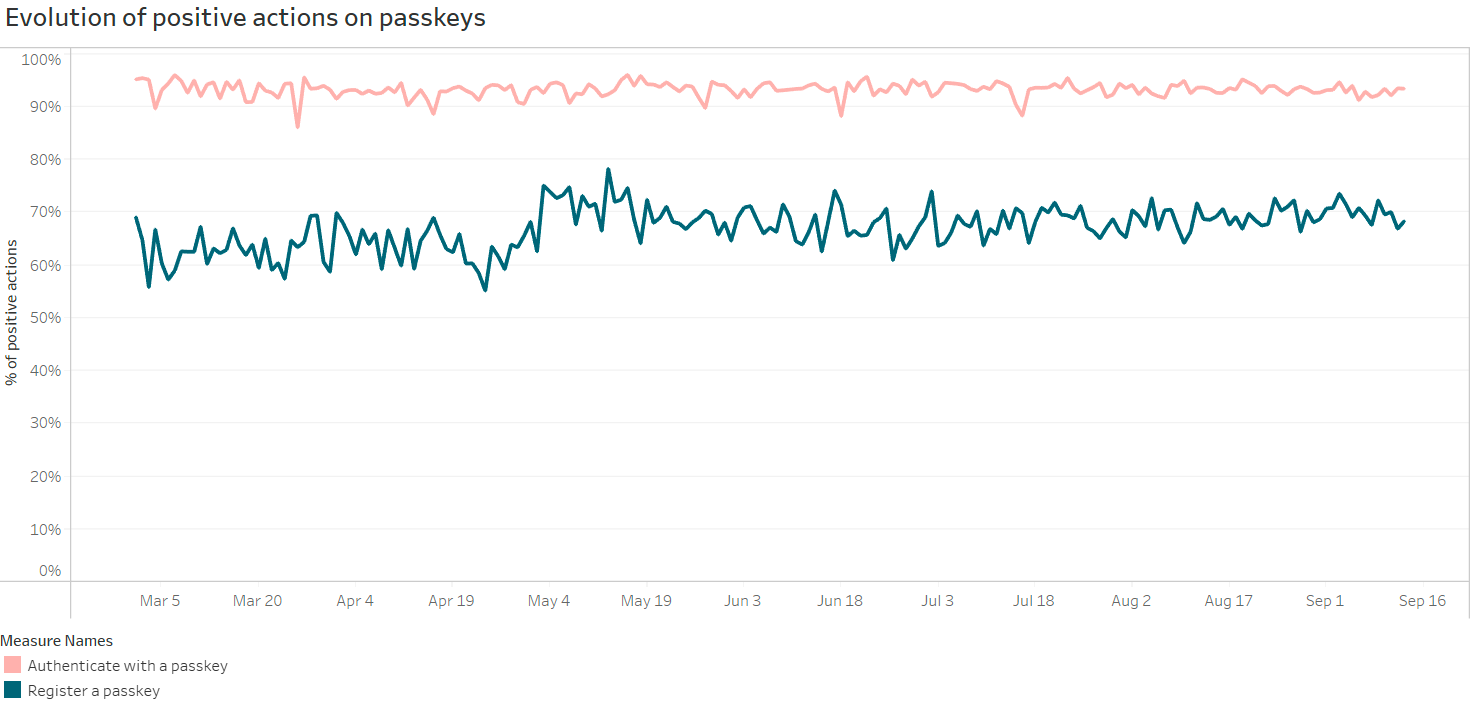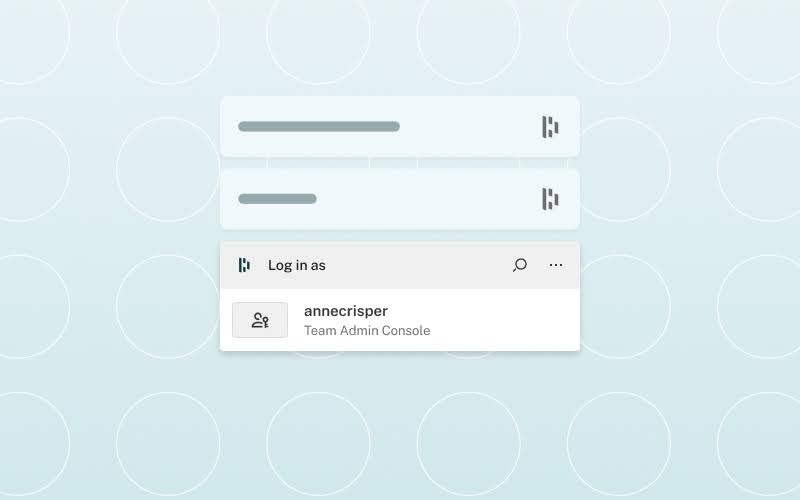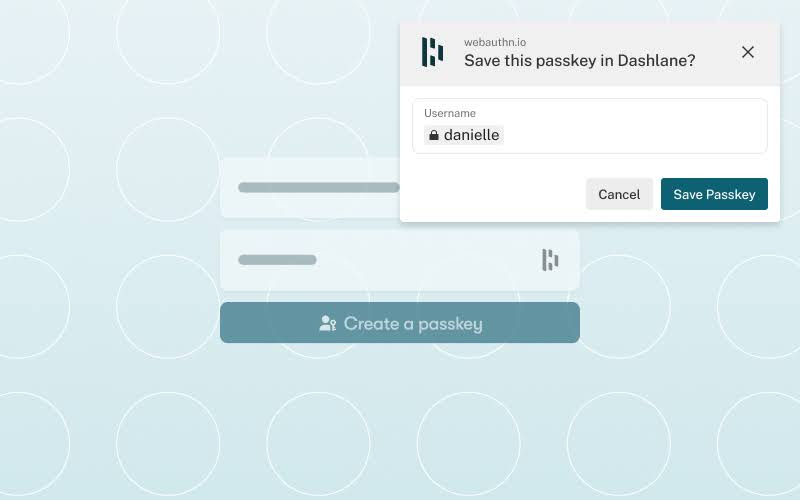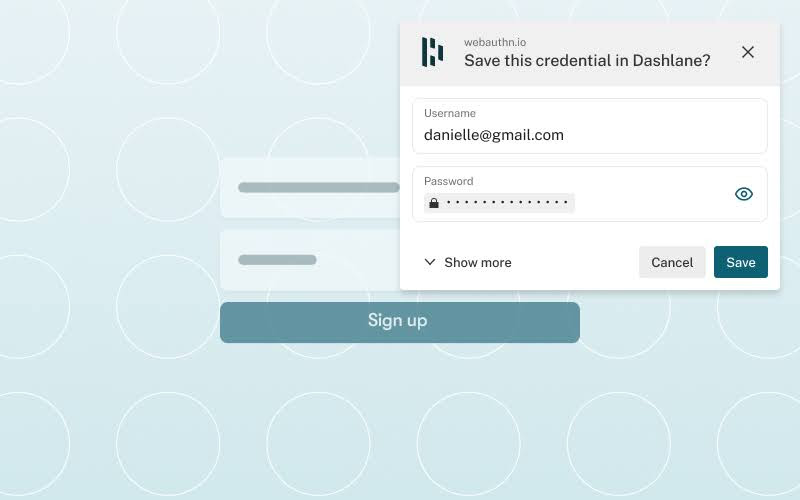Page Summary
-
Dashlane, a password management tool with over 18 million users, has integrated passkeys to enhance user security and convenience.
-
Passkeys offer a secure, passwordless authentication method resistant to phishing and data breaches.
-
Dashlane implemented passkey support on desktop web using conditional UI via a browser extension and on Android using the Credential Manager API.
-
Data shows a significantly higher conversion rate for passkey authentication and registration opportunities compared to password flows.
-
User adoption and engagement with passkeys on Dashlane are showing positive growth and high satisfaction, with few reported errors or user questions.
Dashlane is a password management tool that provides a secure way to manage user credentials, access control, and authentication across multiple systems and applications. Dashlane has over 18 million users and 20,000 businesses in 180 countries. It’s available on Android, iOS, macOS, Windows, and as a web app with an extension for Chrome, Firefox, Edge, and Safari.
The opportunity
Many users choose password managers because of the pain and frustration of dealing with passwords. While password managers help here, the fact remains that one of the biggest issues with passwords are security breaches. Passkeys on the other hand bring passwordless authentication with major advancements in security.
Passkeys are a simple and secure authentication technology that enables signing in to online accounts without entering a password. They cannot be reused, don't leak in server breaches of relying parties, and protect users from phishing attacks. Passkeys are built on open standards and work on all major platforms and browsers.
As an authentication tool, Dashlane’s primary goal is to ensure customers’ credentials are kept safe. They realized how significant the impact of passkeys could be to the security of their users and adapted their applications to support passkeys across devices, browsers, and platforms. With passkey support they provide users a secure and convenient access with a phishing-resistant authentication method.
Implementation
Passkeys as a replacement for passwords is a relatively new concept and to address the challenge of going from a familiar to an unfamiliar way of logging in, the Dashlane team considered various solutions.
On the desktop web they implemented conditional UI support through a browser extension to help users gracefully navigate the choice between using a password and a passkey to log into websites that support both login methods. As soon as the user taps on the username input field, an autofill suggestion dialog pops up with the stored passkeys and password autofill suggestions. The user can then choose an account and use the device screen lock to sign in.
On Android, they used the Credential Manager API which supports multiple sign-in methods, such as username and password, passkeys, and federated sign-in solutions (such as Sign-in with Google) in a single API. The Credential Manager simplifies the development process and it has enabled Dashlane to implement passkeys support on Android in 8 weeks with a team of one engineer.
Results
Data shows that users are more satisfied with the passkey flows than the existing password flows.
The conversion rate is 92% on passkey authentication opportunities on the web (when Dashlane suggests a saved passkey for the user to sign in), compared to a 54% conversion rate on opportunities to automatically sign in with passwords. That’s a 70% increase in conversion rate compared to passwords–a great sign for passkey adoption.



The conversion rate here refers to user actions when they visit websites that
support passkeys. If a user attempts to register or use a passkey they will see
a Dashlane dialog appear on Chrome on desktop. If they proceed and create new
or use an existing passkey it is considered a success. If they dismiss the
dialog or cancel passkey creation, it’s considered a failure. The same user
experience flow applies to passwords.
Dashlane also saw a 63% conversion rate on passkey registration opportunities (when Dashlane offers to save a newly created passkey to the user’s vault) compared to only around 25% conversion rate on suggestions to save new passwords. This indicates that Dashlane’s suggestions to save passkeys are more relevant and precise than the suggestions to save passwords.


Dashlane observed an acceleration of passkey usage with 6.8% average weekly growth of passkeys saved and used on the web.

Takeaways
While passkeys are a new technology that users are just starting to get familiar with, the adoption rate and positive engagement rates show that Dashlane users are more satisfied with passkey flows than the existing password flows.
Dashlane tracks and investigates all passkey errors and says that there haven't been many. They also receive few questions from customers around how to use or manage their passkeys. This can be a sign of an intuitive user experience, clear help center documentation, a tendency of passkey users today already being knowledgeable about passkeys, or some combination of these factors.
“Staying up to date on developments in the market landscape and industry, anticipating the potential impact to your customers’ experience, and being ready to meet their needs can pay off. Thanks in part to our rapid implementation of the Credential Manager API, customers can rest assured that they can continue to rely on Dashlane to store and help them access services, v no matter how authentication methods evolve.“
–Rew Islam, Director of Product Engineering and Innovation at Dashlane